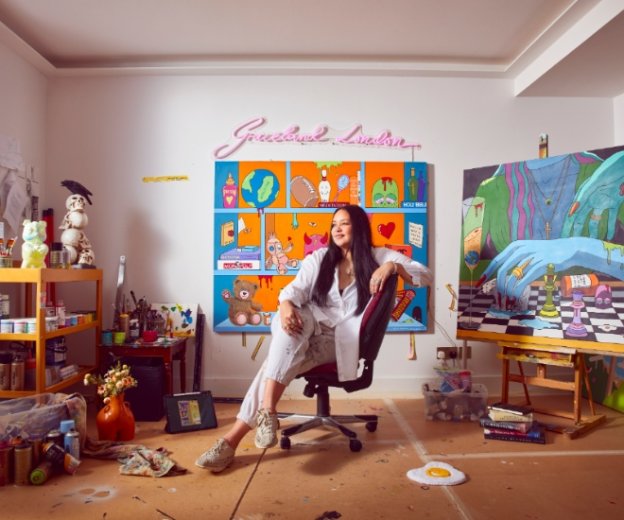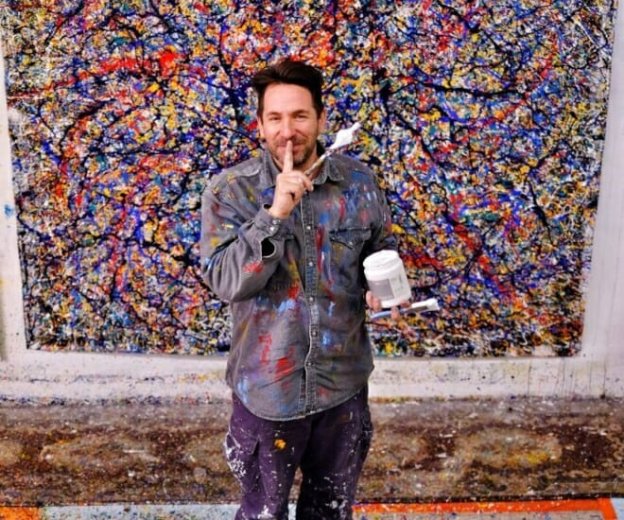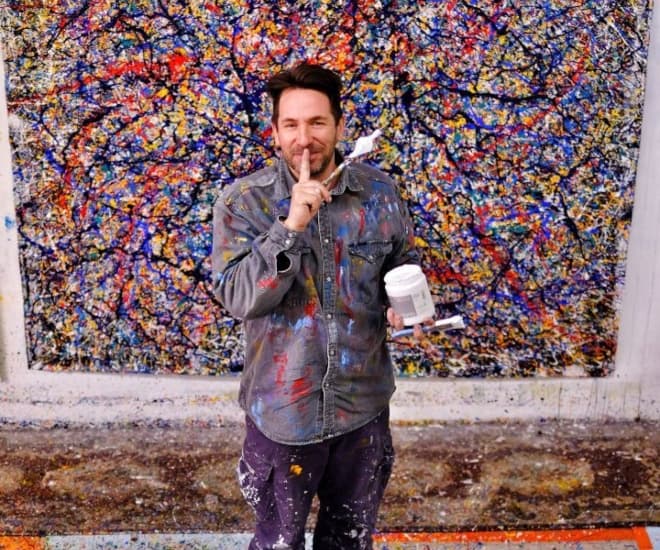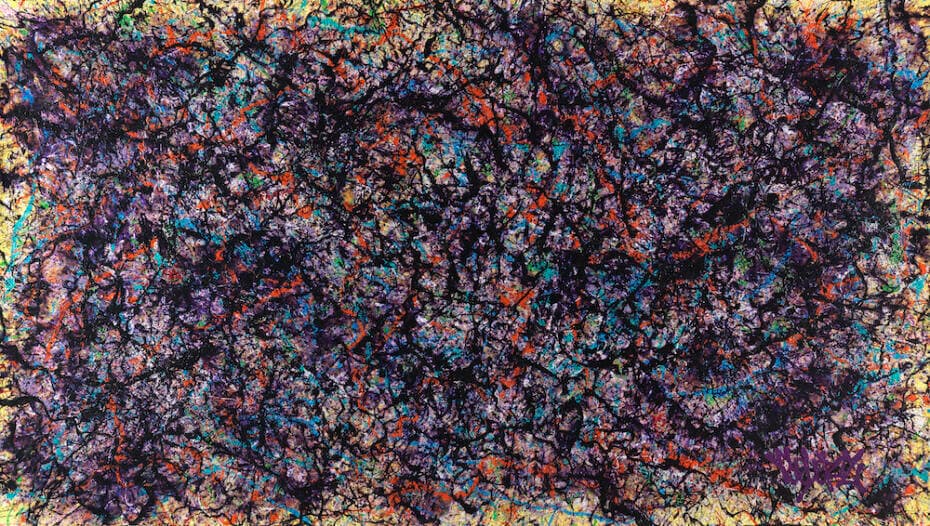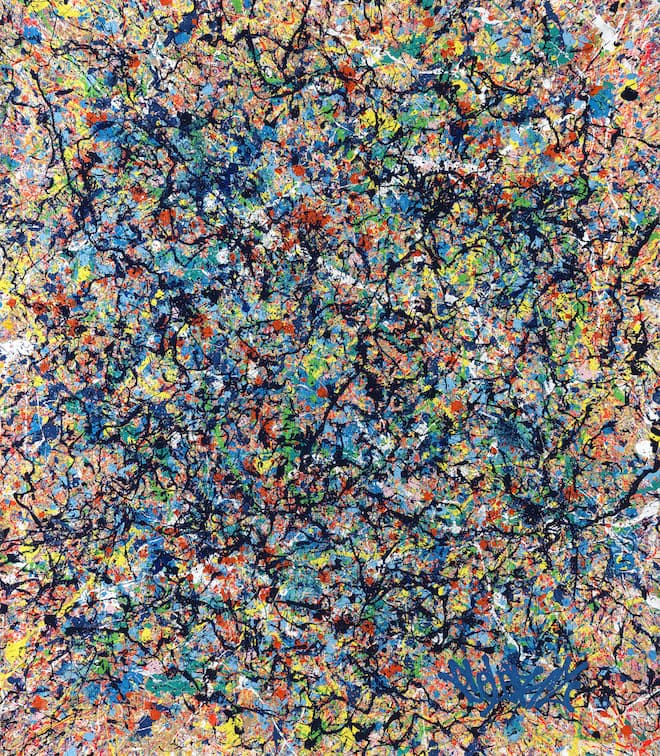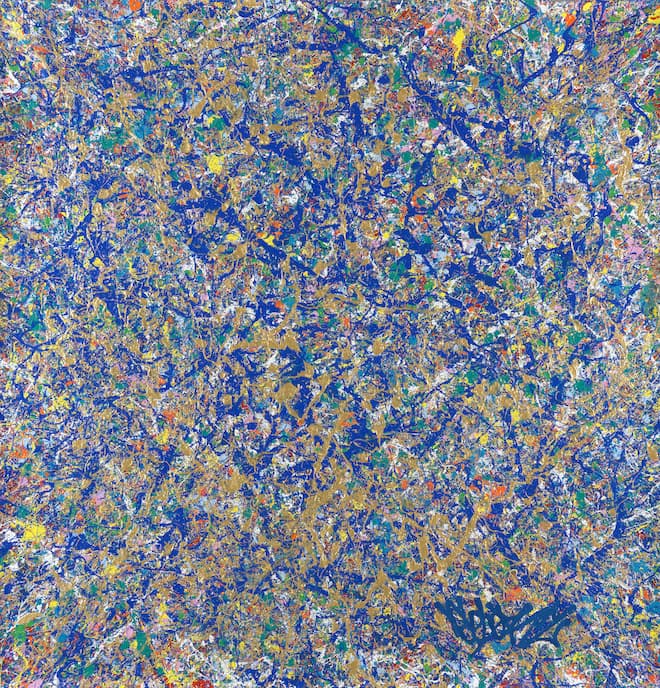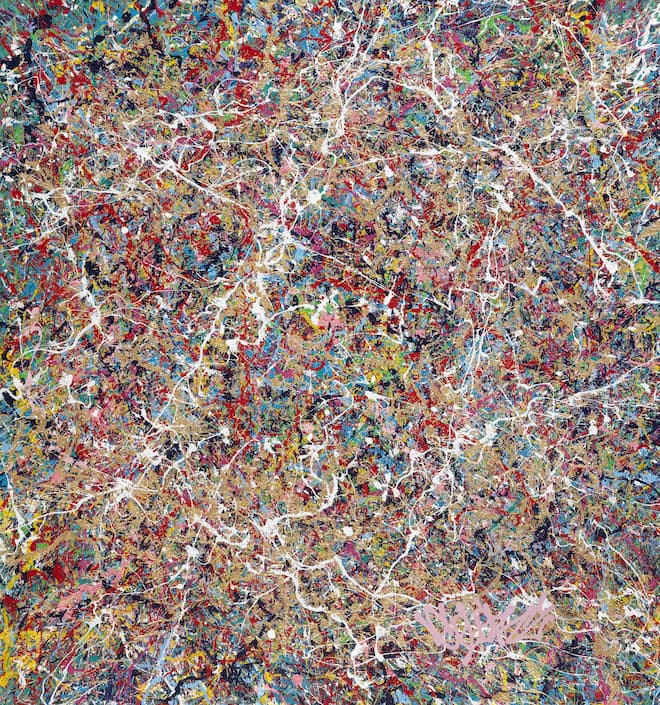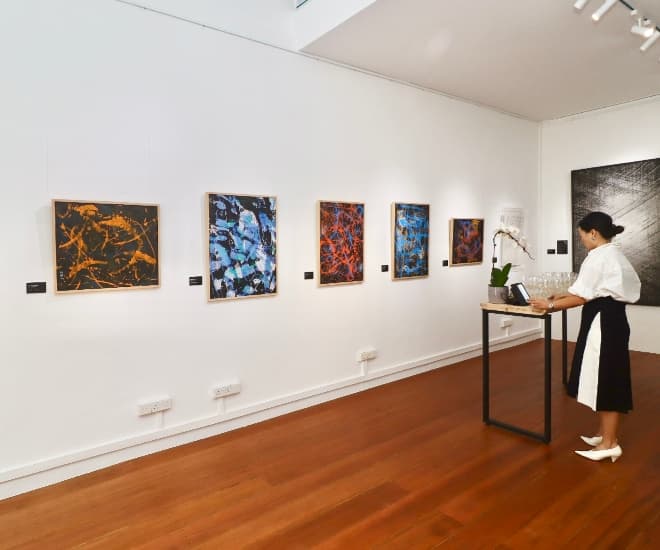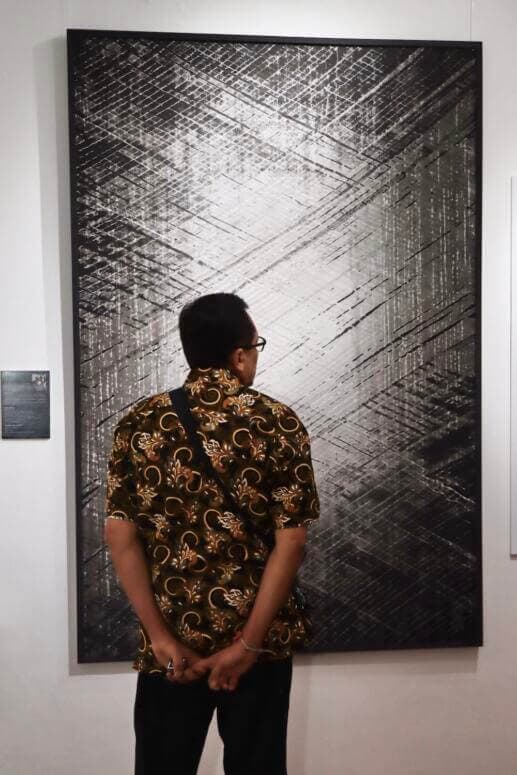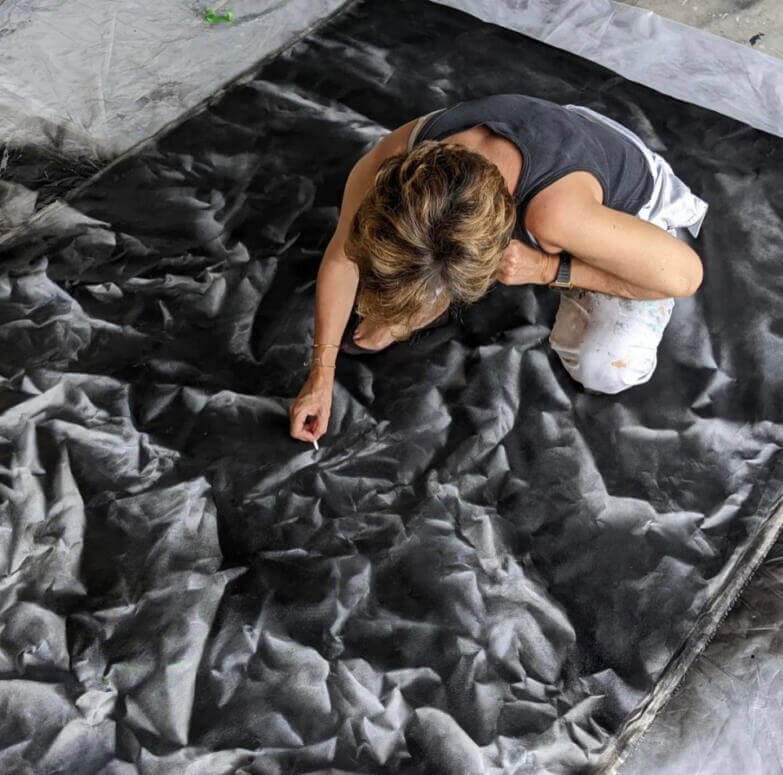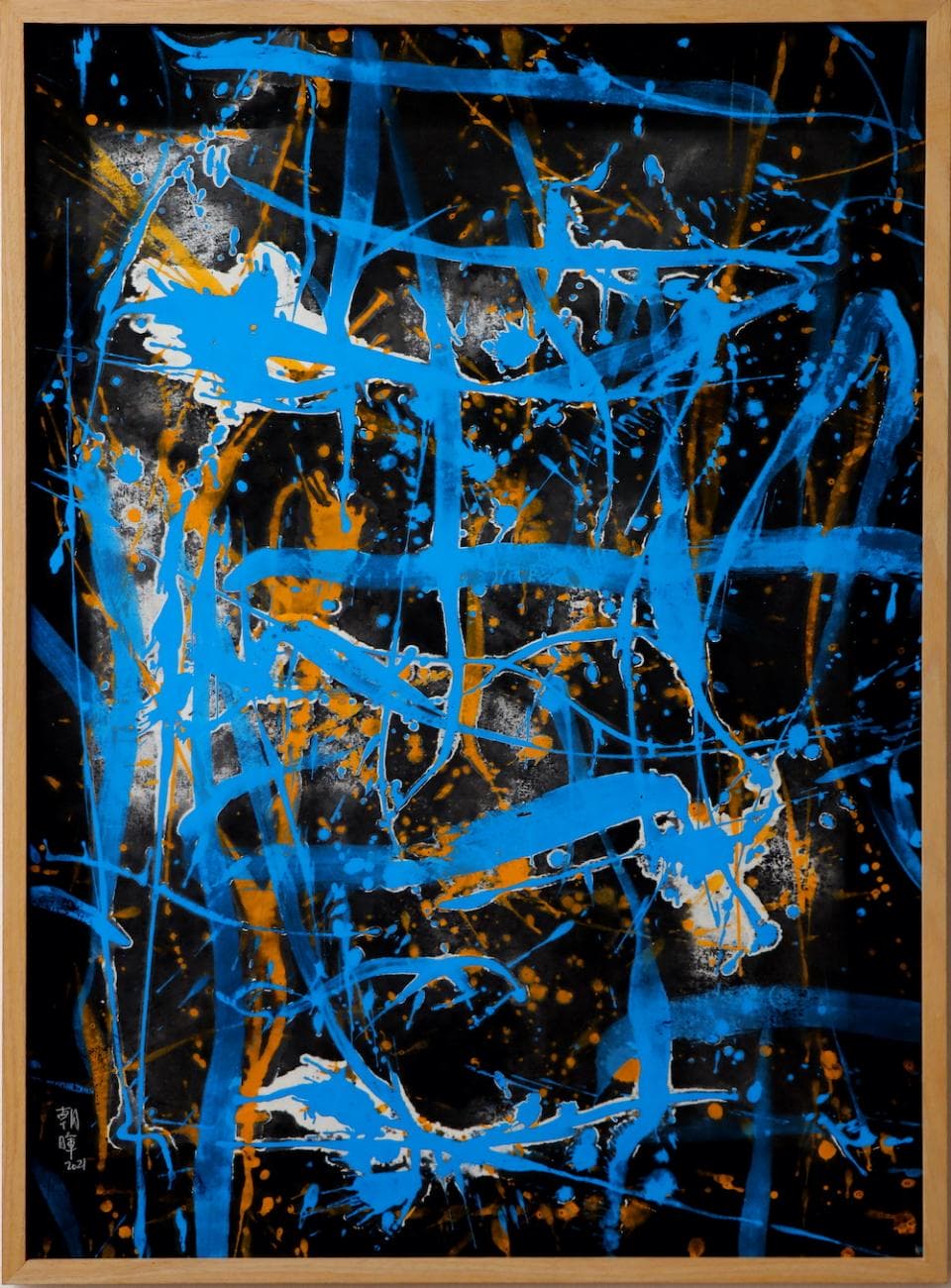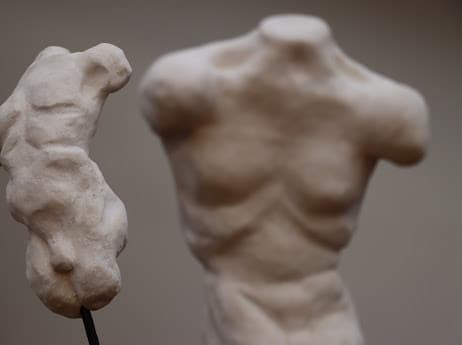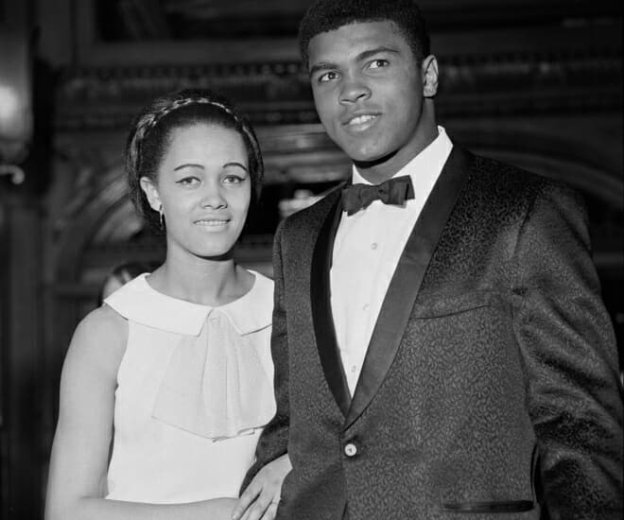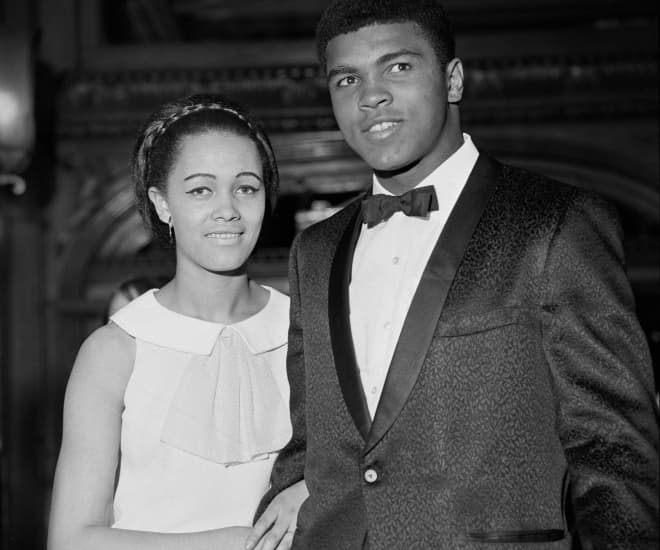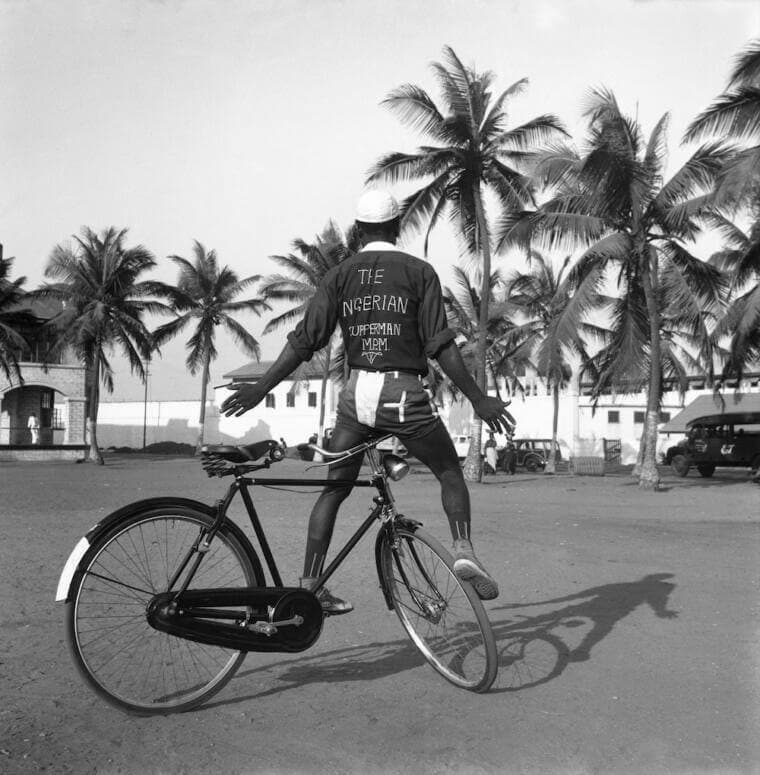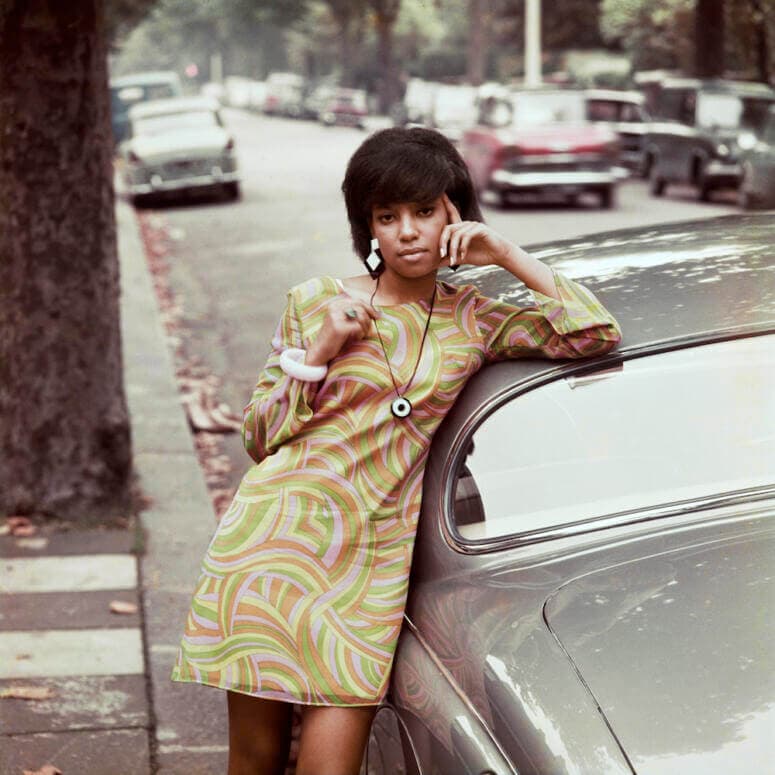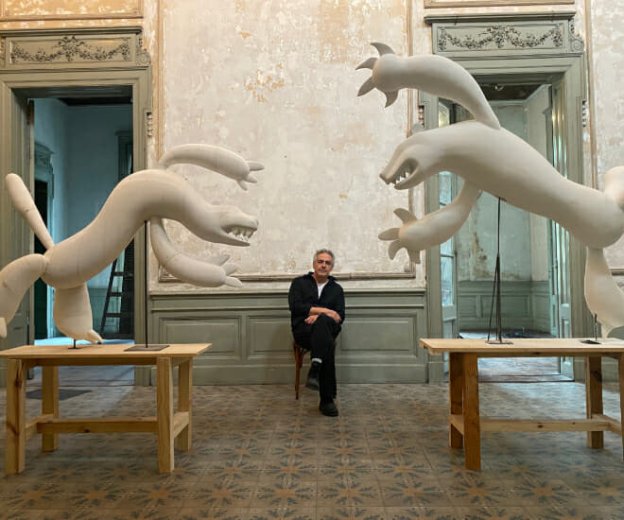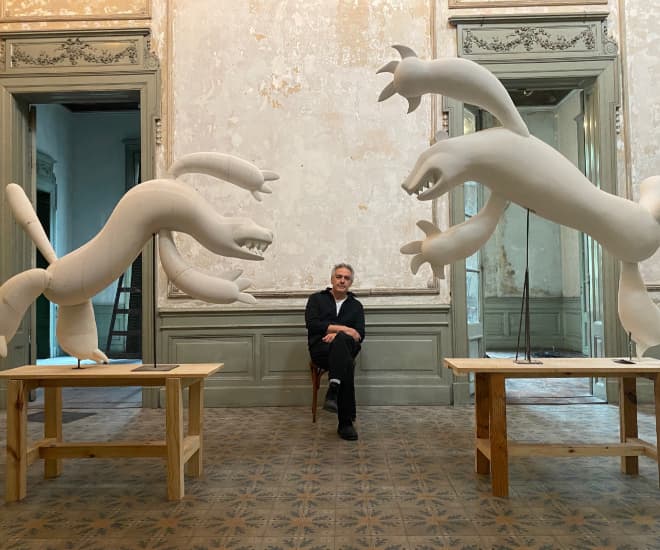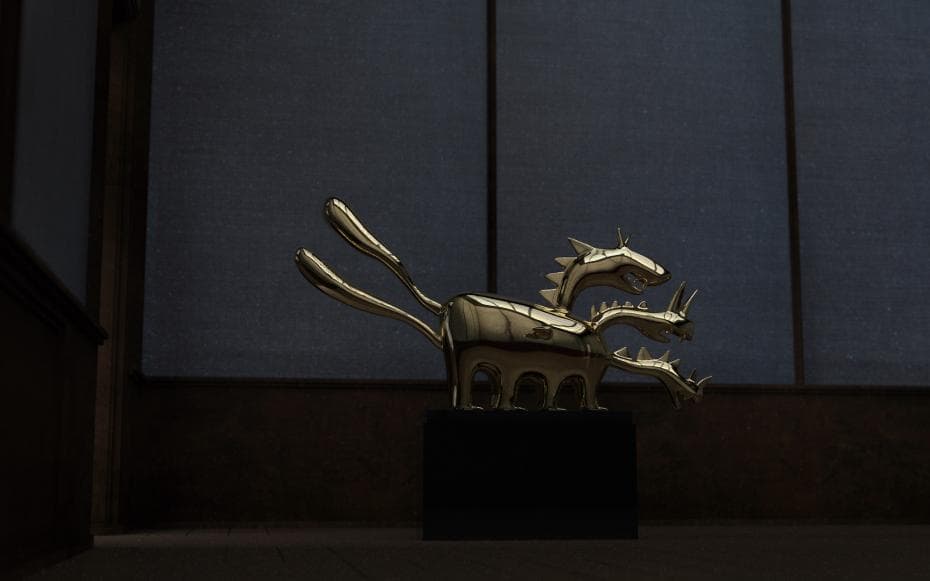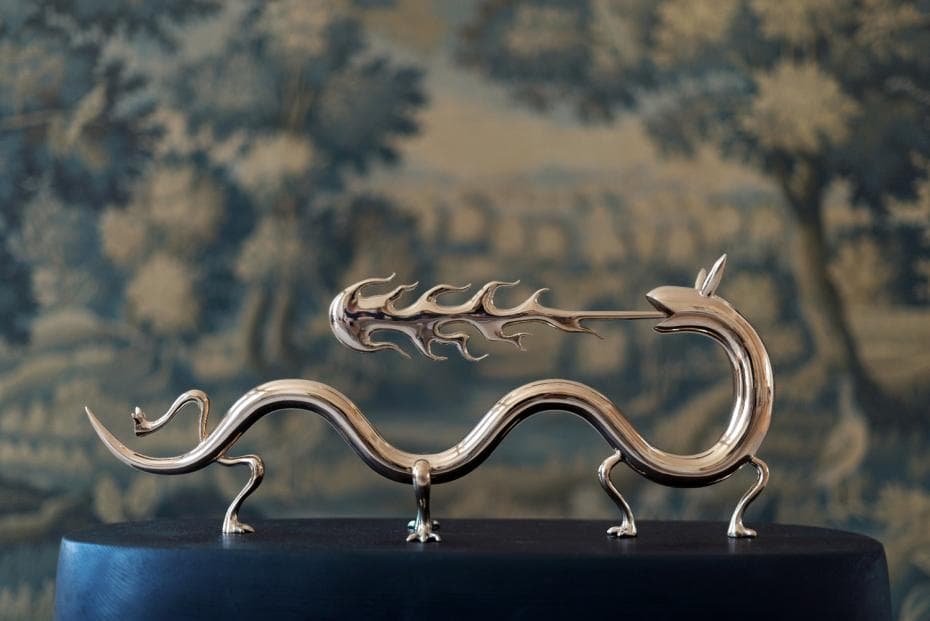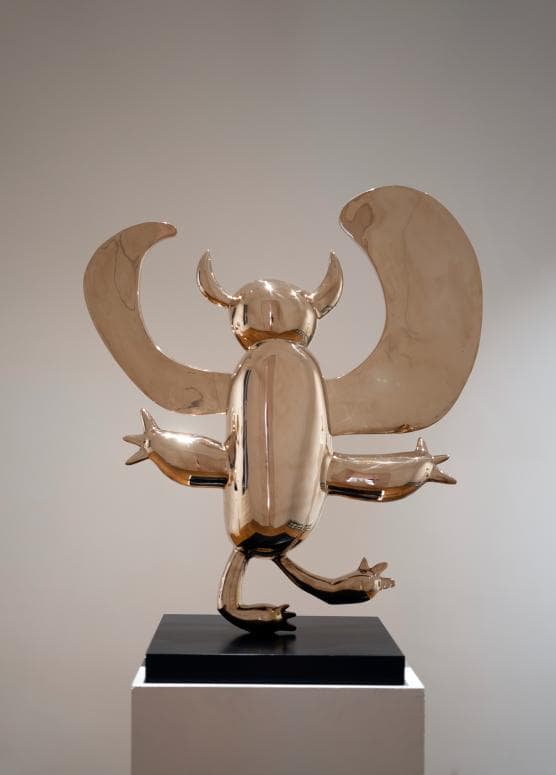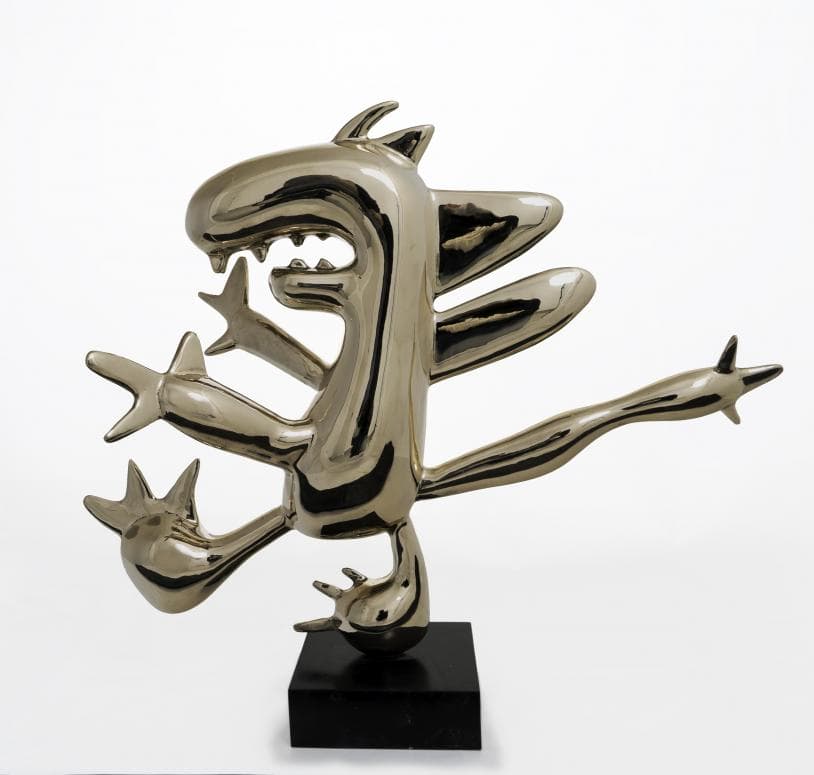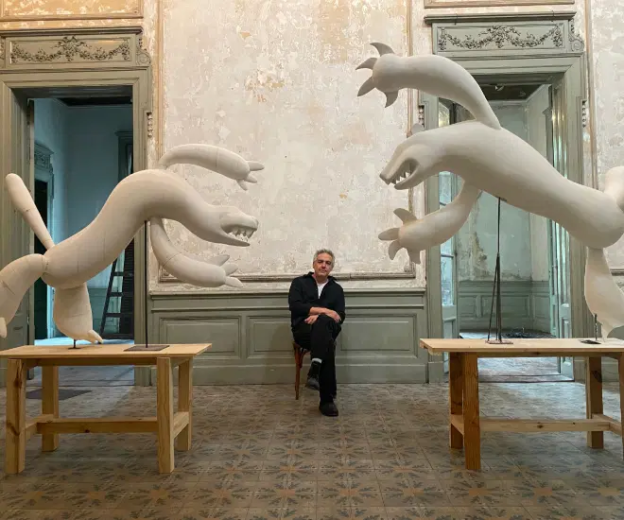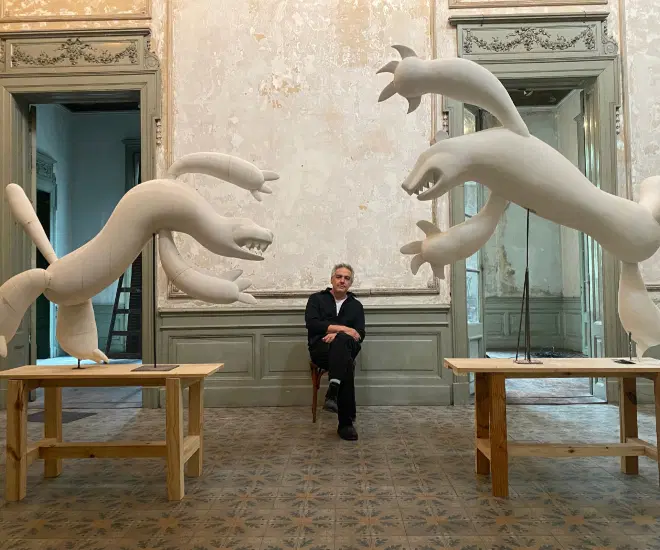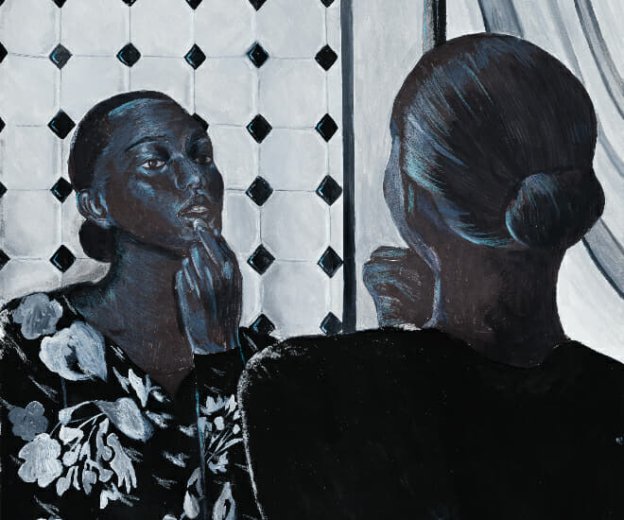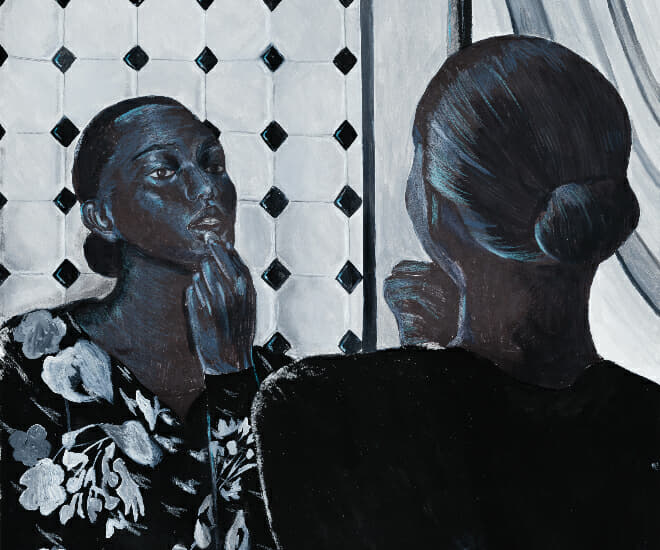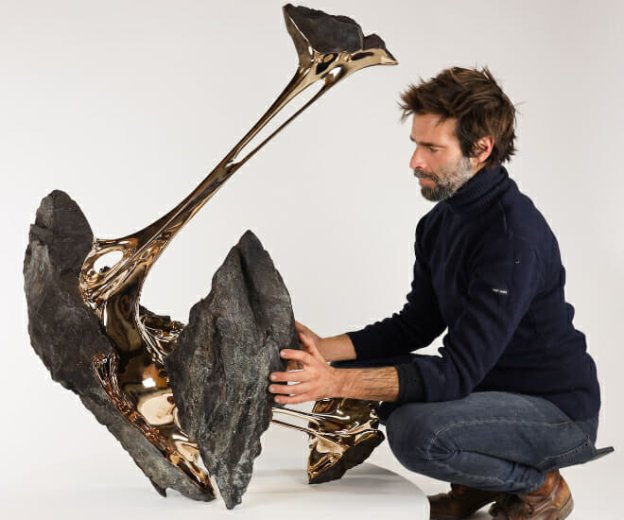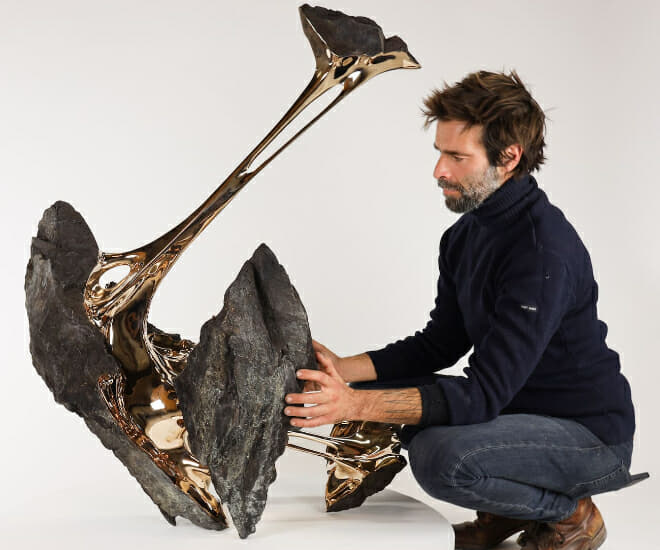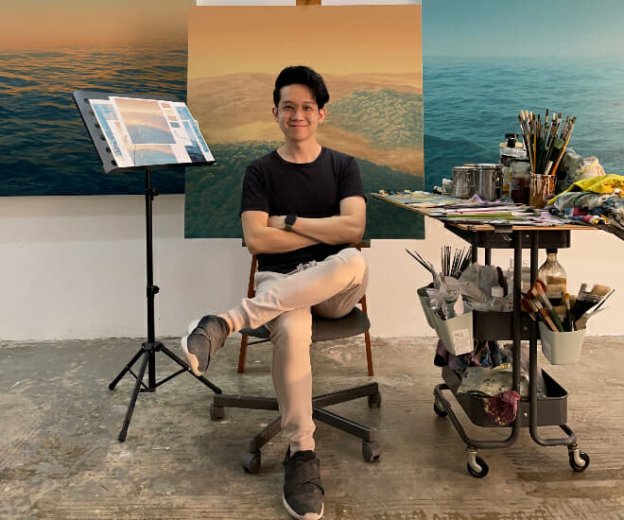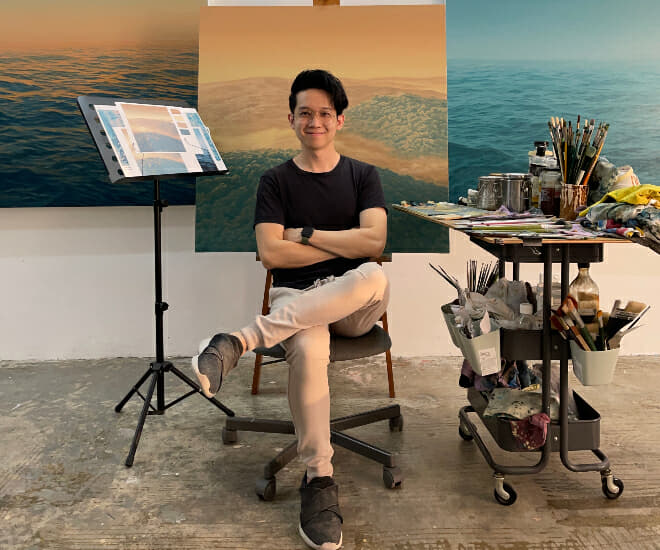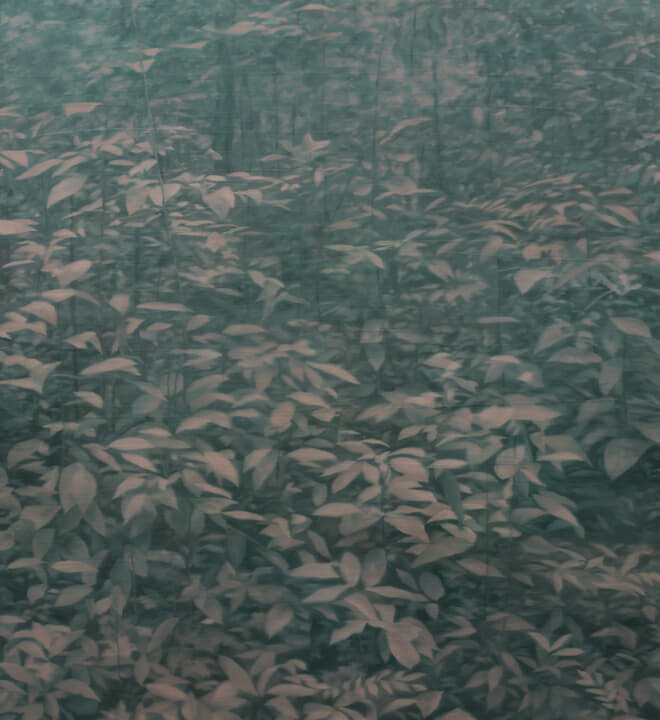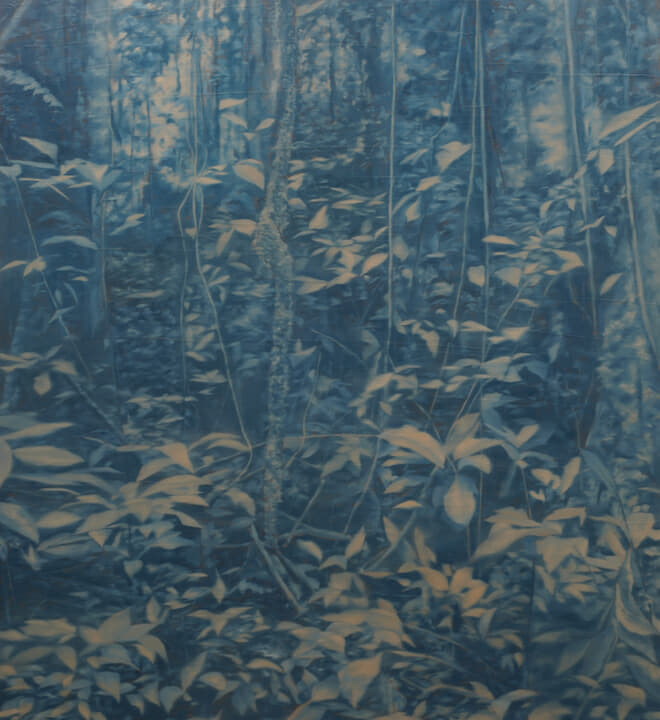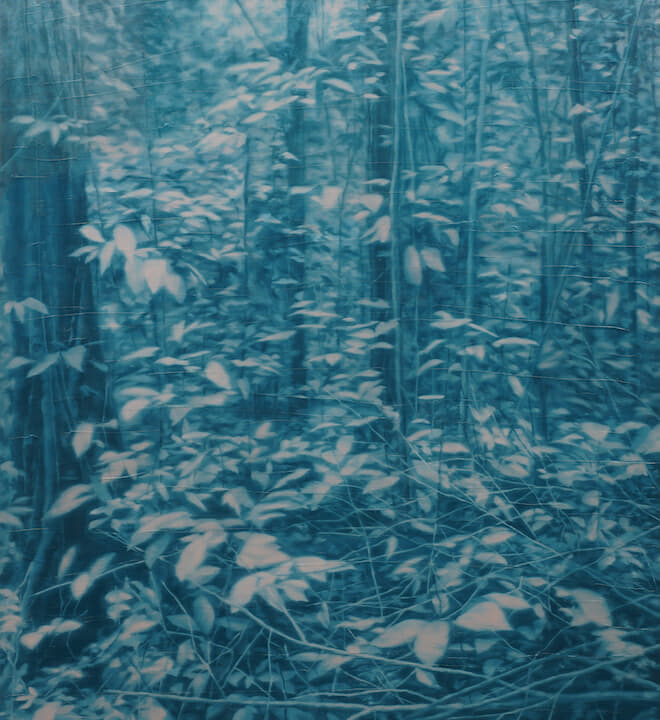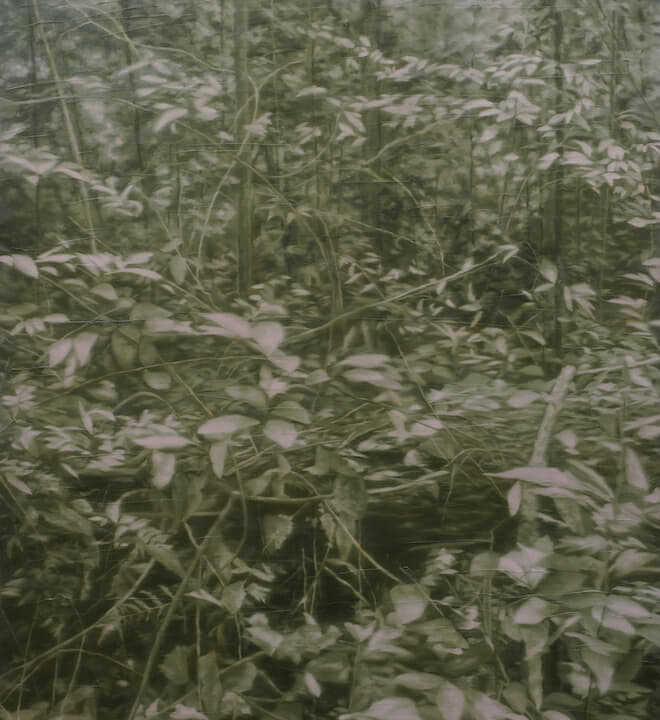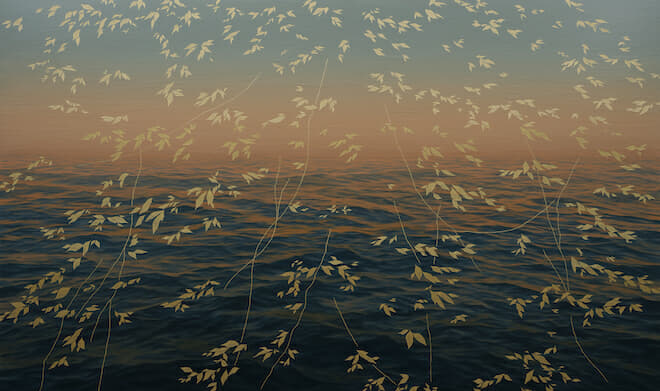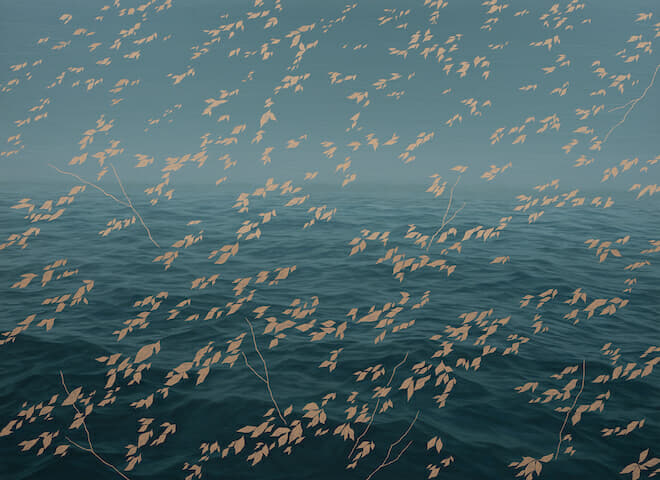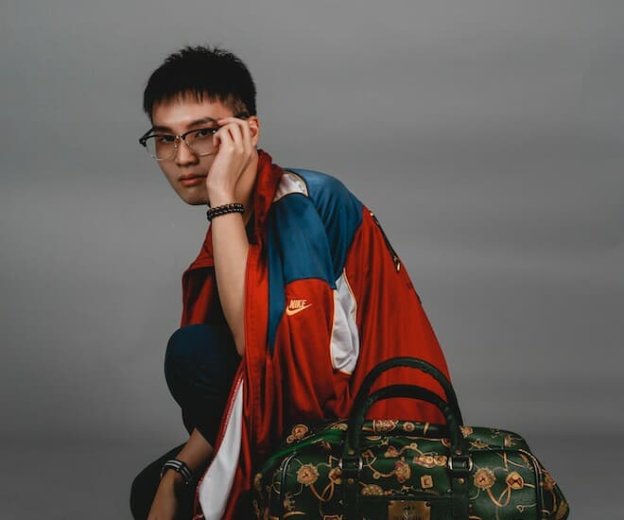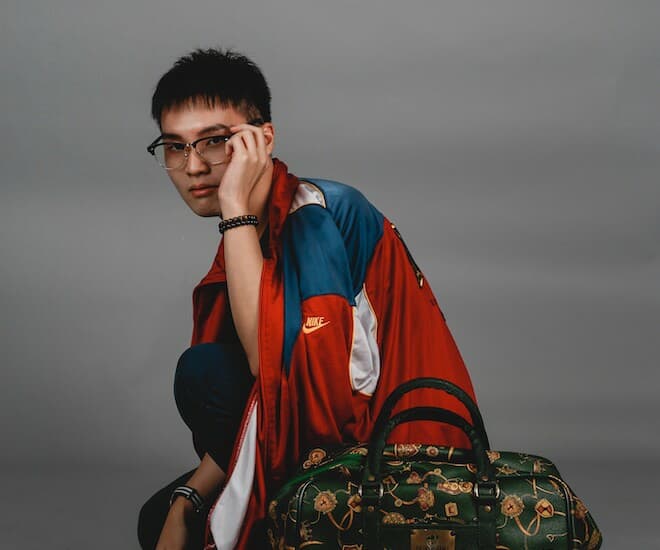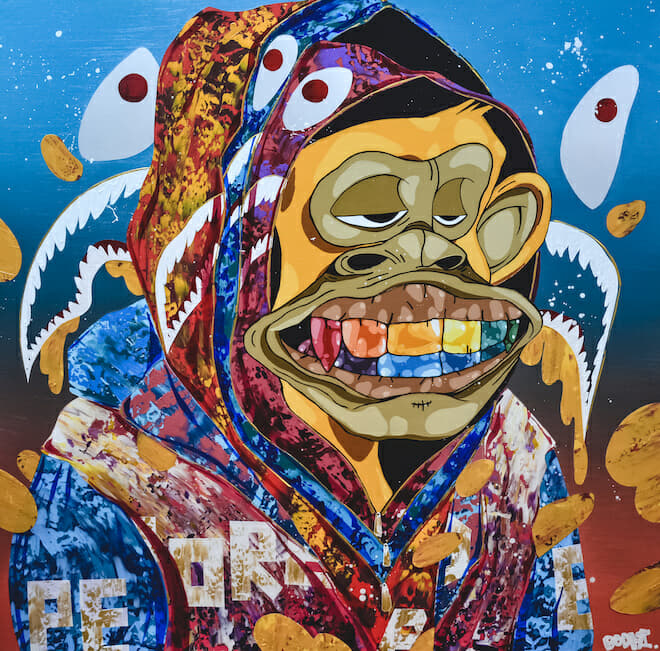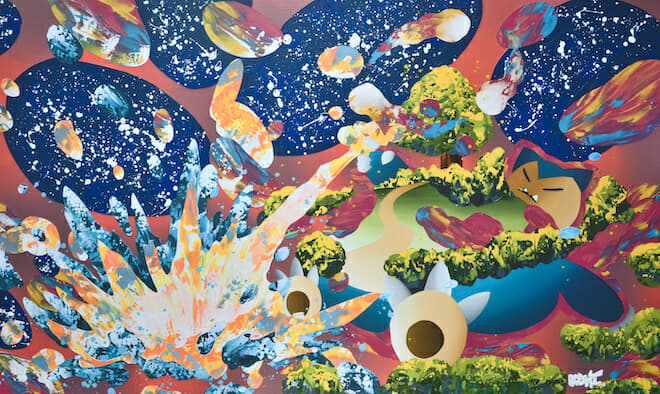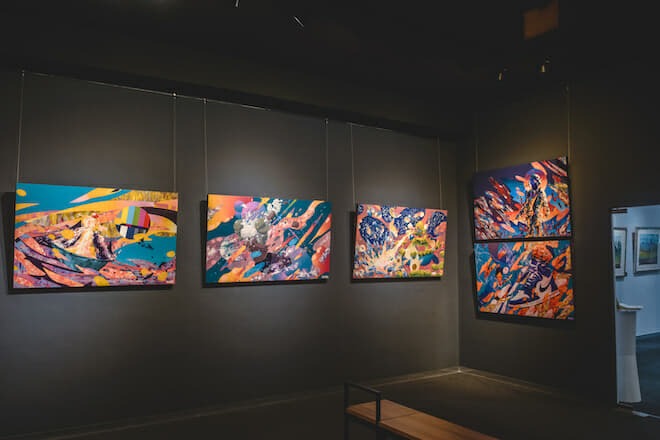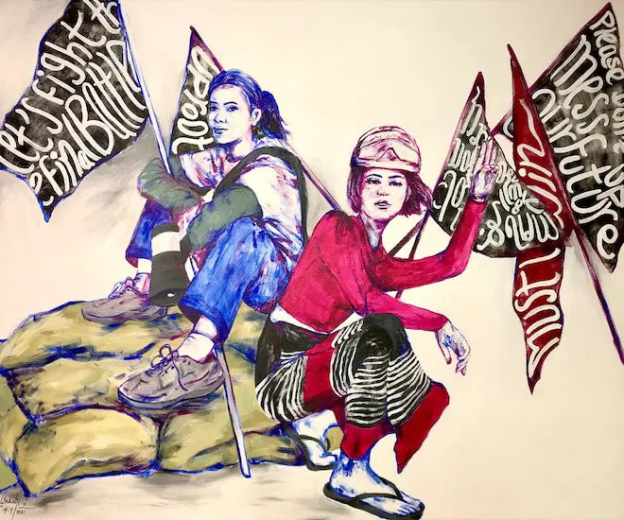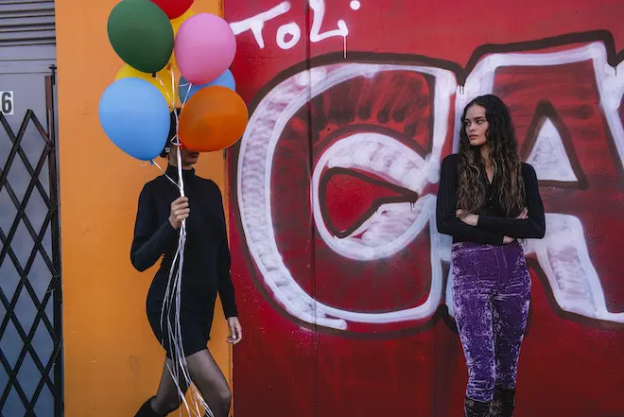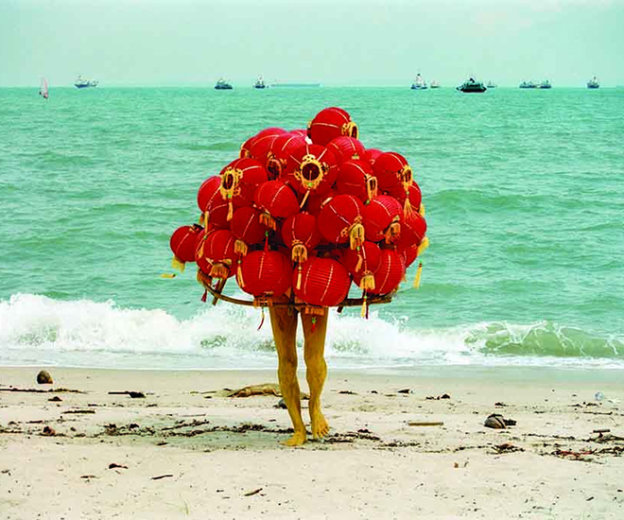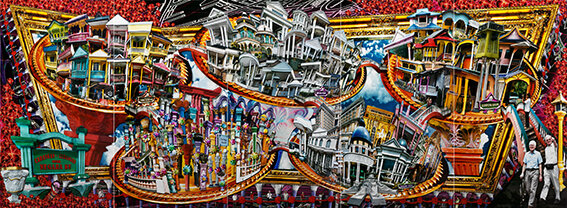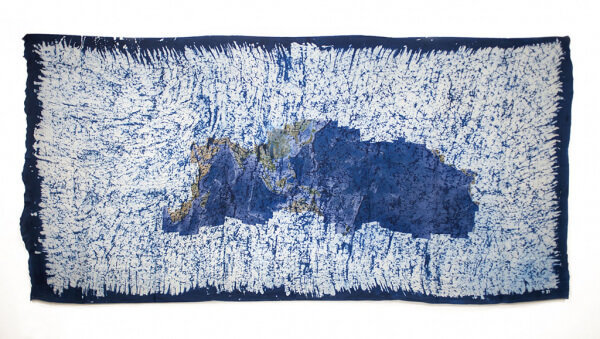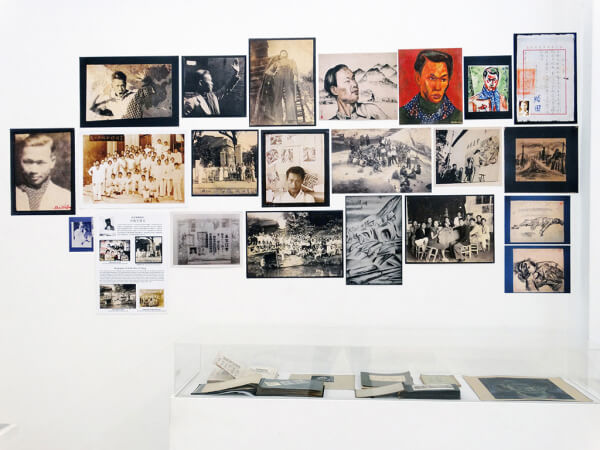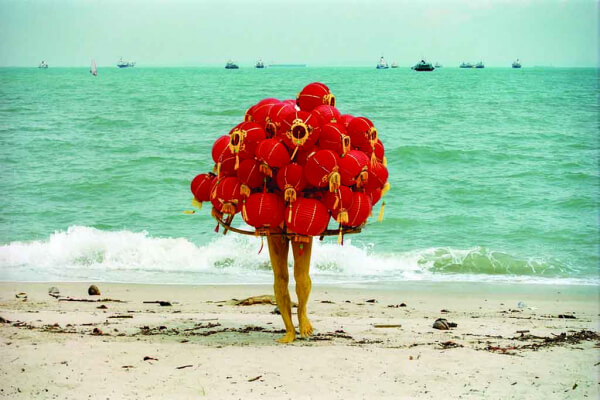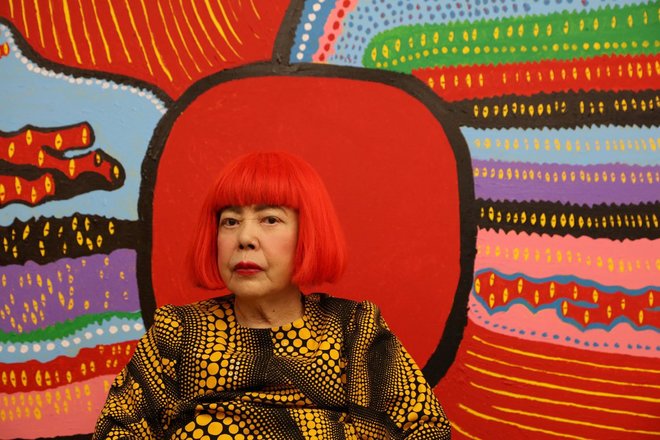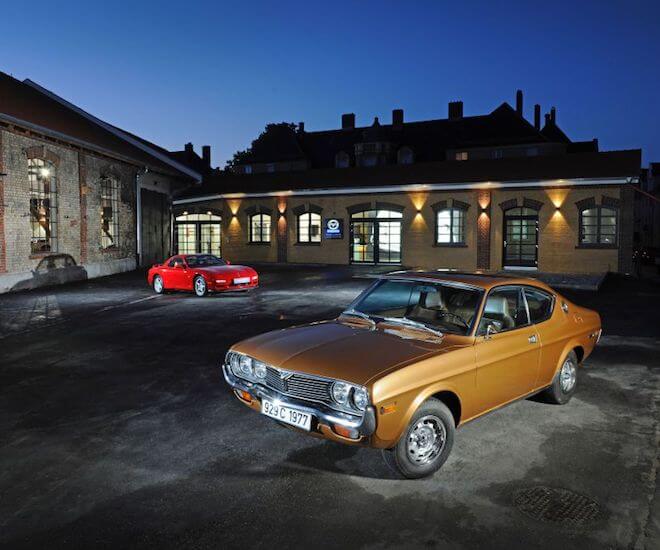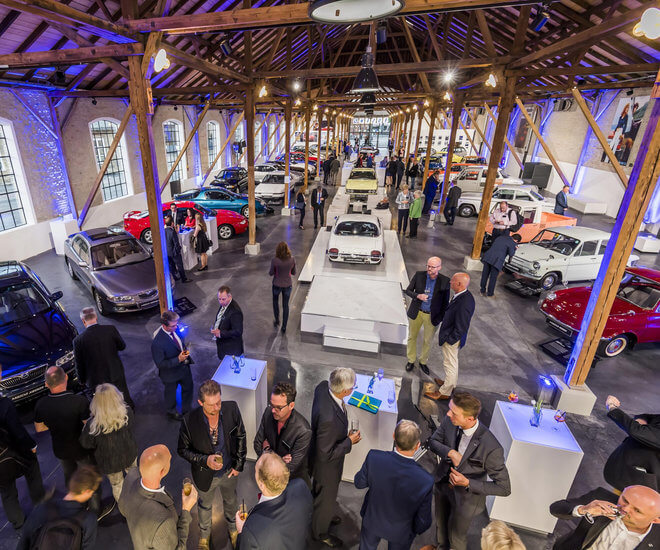
Artist Graceland London is set to make her Halcyon Gallery debut with its gallery programme. Spotlight on the Shadows is the artist’s first solo exhibition with the gallery and presents an expansive survey of 30 artworks created over the last two years. The collection of pieces provide a visual and artistic insight into the full scope of her vibrant, nuanced, dark and playful sensibility.

As part of the curated display, Halcyon Gallery’s curatorial team has worked with Graceland London to transform 29 New Bond Street into an immersive space, reinforcing the potency of her
other-worldly creations with 3-dimensional installations that recreate her visual inventions across the gallery.
Read More: Halcyon Gallery Delves Into Unchartered Territory With New ‘Songs of the Open Road’ Exhibition

Graceland London’s training in 3D animation and design has significantly informed her practice. It has led her to invent an array of unique characters and motifs that are a part of her distinctive visual language. The universe that she creates beyond the picture surface is conceived through flourescent candy colours and playful articulations of form.

Her deep background in art history and fascination with the Old Masters significantly influence her work. Her paintings frequently draw on art historical traditions, incorporating oil painting techniques reminiscent of 15th-century Northern European masters such as Jan van Eyck and Hieronymus Bosch.
Read More: Andy Warhol’s Unseen Work on Display at London’s Halcyon Gallery
However, she also reimagines and repurposes tradition to address contemporary themes. Through the alternative reality that Graceland London creates, she shines a spotlight on the challenges of 21st-century life with the use of symbols and iconography, derived from both art history and contemporary culture. Her art addresses mental health, addiction, conspiracy theories, conspicuous consumption and commercialism, and many of the other themes that characterise our time, with an equal measure of pessimism and humour.

In conjunction with the launch of original paintings at Halcyon Gallery, the London-born artist will release a set of limited-edition Spotlight on the Shadows prints with sister gallery Castle Fine Art.
Graceland London explains: “My artistic approach is a blend of tradition and innovation. I utilise the flat acrylic technique but incorporate a single use of traditional oil paint within each composition. This juxtaposition allows me to marry the vibrancy and immediacy of acrylics with the richness of oils. It’s a deliberate choice to imbue my work with a sense of depth and texture that creates visual interest. By integrating these two mediums, I aim to form a dynamic visual experience that speaks to the intersection of tradition and modernity in art”.
Paul Green, the president and founder of Halcyon Gallery, stated: “We are thrilled to welcome Graceland London to our gallery’s roster. Her bold and innovative approach to painting marks her as an emerging artist to watch.” Kate Brown, the gallery’s creative director, added: “Graceland London’s art invites viewers into a realm shaped by her unique vision, engaging with contemporary themes and challenges. Her work strikes a profound chord with today’s audience.”
Halcyon Gallery’s Legacy

Founded in 1983, Halcyon Gallery specialises in Impressionism, as well as modern and contemporary art. With three locations in London—on New Bond Street and within Harrods in Knightsbridge—the gallery has established a strong presence in the art world.
In 2023, Halcyon Gallery revitalised one of London’s most historic art venues at 148 New Bond Street. Originally built in 1881 and previously home to the Fine Art Society, this iconic space has undergone a complete interior transformation, evolving into a cutting-edge gallery that blends historical charm with 21st-century innovation. Looking ahead to 2024, Halcyon Gallery is expanding its global reach with new galleries in New York and Los Angeles, aimed at engaging new audiences and exploring emerging markets.
The gallery features works by modern masters, acclaimed contemporary artists, and emerging talents, while also dedicating itself to nurturing the careers of artists with exceptional skills. Its mission is to captivate collectors, international museums, and the general public. Halcyon Gallery’s full-service creative team provides expert support for artistic innovation.
Committed to curating distinguished art collections, Halcyon Gallery has a proven track record of placing high-quality works in museums and prestigious public spaces around the world.
Read More: Halcyon Gallery’s New Exhibition Highlights Beauty “In Plain Sight”
Spotlight on the Shadows, The Solo exhibition dedicated to the work of British artist now open at Halcyon Gallery, 29 New Bond Street.
Visit www.halcyongallery.com for more information.
